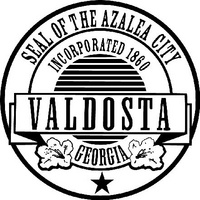 Solar Summit in Atlanta, in which we learned
there were four certified solar installers in Georgia four years ago,
and now there are forty;
that
oil for energy
is a national security risk (Col. Dan Nolan),
and that
“Solar is great for diversity, independence, research, and business.” (Chuck Eaton),
and that
Georgia is the third top state “that would benefit from solar deployment through generating and exporting energy to other states” (Richard Polich).
Sounds like a business opportunity to me!
Solar Summit in Atlanta, in which we learned
there were four certified solar installers in Georgia four years ago,
and now there are forty;
that
oil for energy
is a national security risk (Col. Dan Nolan),
and that
“Solar is great for diversity, independence, research, and business.” (Chuck Eaton),
and that
Georgia is the third top state “that would benefit from solar deployment through generating and exporting energy to other states” (Richard Polich).
Sounds like a business opportunity to me!
GSEA chair Doug Beebe elaborates in a column in the Atlanta Business Chronicle on 11 September 2011, Solar energy already works in Georgia, but it can do so much more for our state’s economy,
This has been a great year for the Georgia Solar Energy Association, too. Our membership has swelled to almost 300 corporate and individual members. This number includes manufacturers, installers, integrators, consultants and advocates who want to see Georgia benefit from an industry that contributed more than $5 billion in economic activity to the U.S. gross domestic product since 2008 and now employs more than 93,000 workers nationwide.Great, huh? So what’s the problem? This: Continue readingOur annual Southern Solar Summit in Atlanta this summer sold out, filling the auditorium at the Georgia Tech Research Institute Conference Center with Georgians eager to learn what innovations are making solar power more accessible in Georgia and beyond. Another annual Solar Summit in Savannah last month doubled its attendance this year, proving that interest in solar has spread beyond metro Atlanta.
The 2011 Georgia Solar Tour will feature sites statewide. We hope that some of the participants in this year’s tour will become hosts in next year’s.









